Name Leonhart Fuchs | Role Physician | |
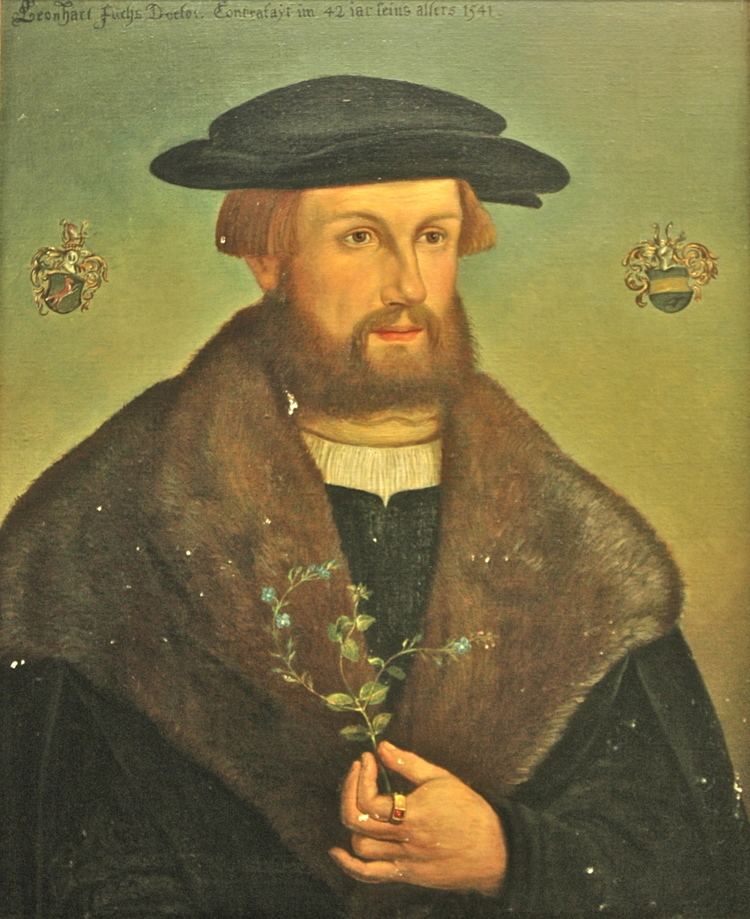 | ||
Died May 10, 1566, Tubingen, Germany Books De Historia Stirpium Commentarii Insignes | ||
Aboca museum l erbario de historia stirpium di leonhart fuchs
Leonhart Fuchs [ˈfʊks] (17 January 1501 – 10 May 1566), sometimes spelled Leonhard Fuchs, was a German physician and botanist. His chief notability is as the author of a large book about plants and their uses as medicines, i.e. a Herbal Book. It was first published in 1542 in Latin. It has about 500 accurate and detailed drawings of plants, which were printed from woodcuts. The drawings are the book's most notable advance on its predecessors. Although drawings were in use beforehand in other Herbal books, Fuchs' Herbal book proved and emphasized high-quality drawings as the most telling way to specify what a plant name stands for.
Contents
- Aboca museum l erbario de historia stirpium di leonhart fuchs
- January 17 ryuichi sakamoto kai michael hansen leonhart fuchs
- Biography
- Scientific views
- Eponymy
- Publications
- References

The botanical genus Fuchsia is named in his honour, and consequently the colour fuchsia.
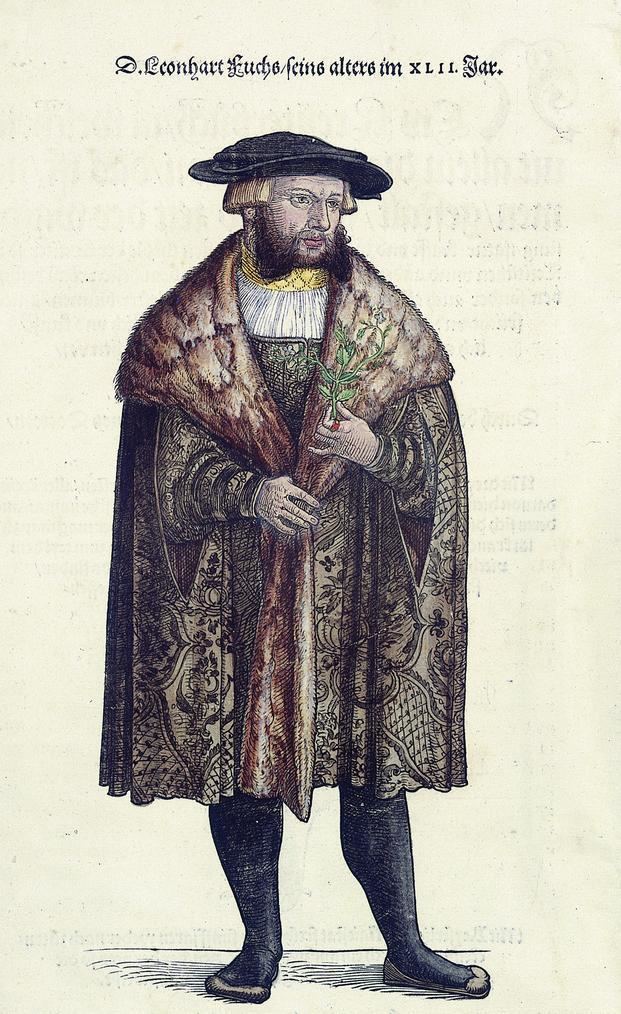
January 17 ryuichi sakamoto kai michael hansen leonhart fuchs
Biography
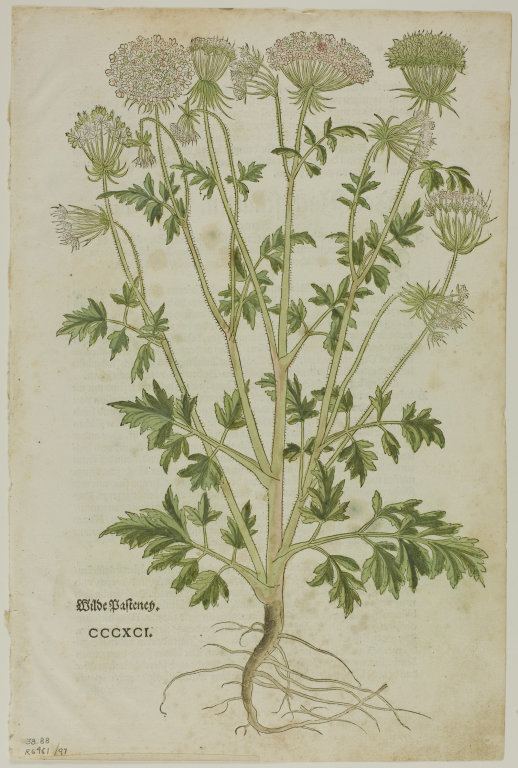
Fuchs was born in 1501 in Wemding in the Duchy of Bavaria. After attending a school in Heilbronn, Fuchs went to the Marienschule in Erfurt, Thuringia at the age of twelve, and graduated as Baccalaureus artium. In 1524 he became Magister Artium in Ingolstadt, and received a doctor of medicine degree in the same year.
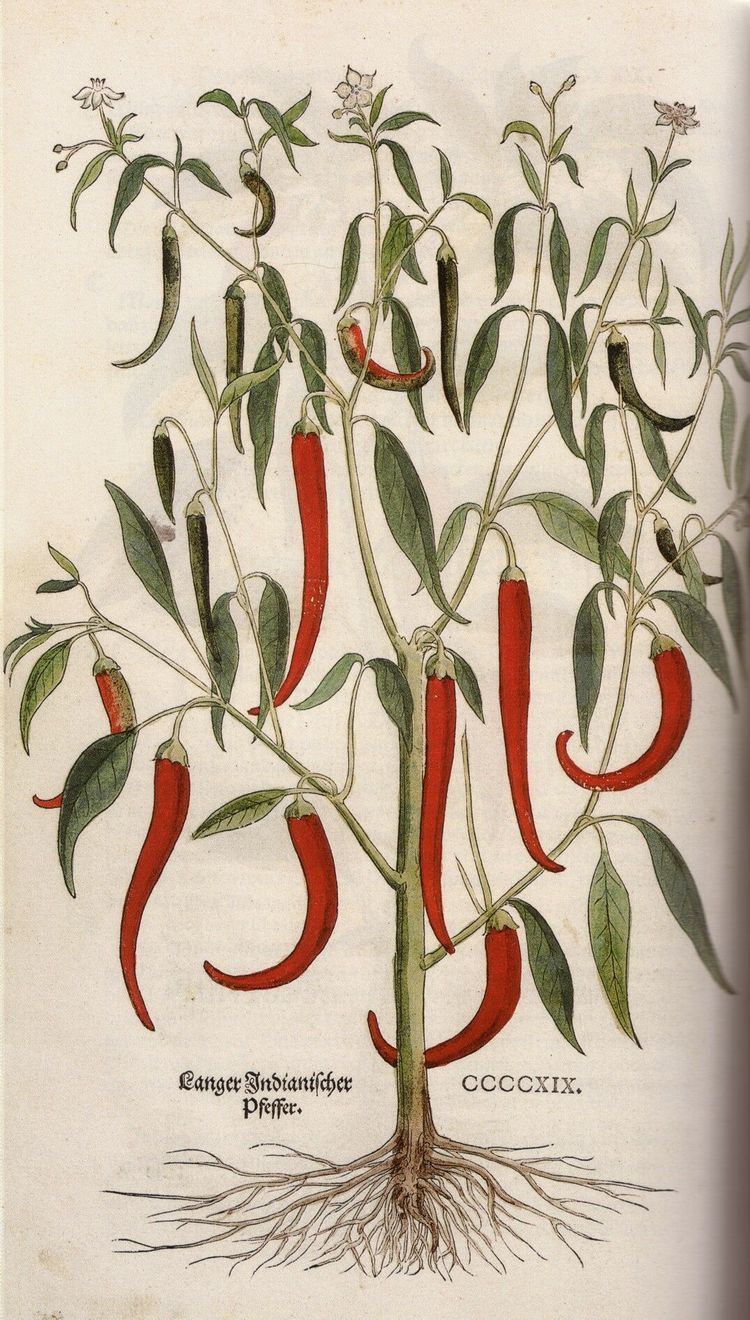
From 1524-1526 he practiced as a doctor in Munich, until he received a chair of medicine at Ingolstadt in 1526. From 1528-1531 he was the personal physician of Georg, Margrave of Brandenburg-Ansbach in Ansbach.
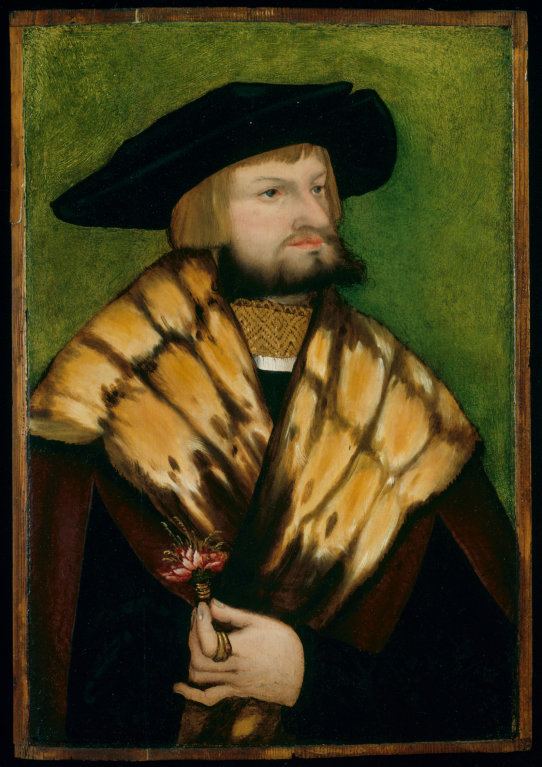
Fuchs was called to Tübingen by Ulrich, Duke of Württemberg in 1533 to help in reforming the University of Tübingen in the spirit of humanism. He created its first medicinal garden in 1535 and served as chancellor seven times, spending the last thirty-one years of his life as professor of medicine. Fuchs died in Tübingen in 1566.
Scientific views

Like his medieval predecessors and his contemporaries, Fuchs was heavily influenced by the three Greek and Roman writers on medicine and materia medica, Dioscorides, Hippocrates, and Galen. He wanted to fight the Arab hegemony in medicine, as it had been transmitted by the Medical School of Salerno, and to "return" to the Greek authors. But he saw the importance of practical experience as well and offered botanical field days for the students, where he demonstrated the medicinal plants in situ. He founded one of the first German botanical gardens.
Eponymy
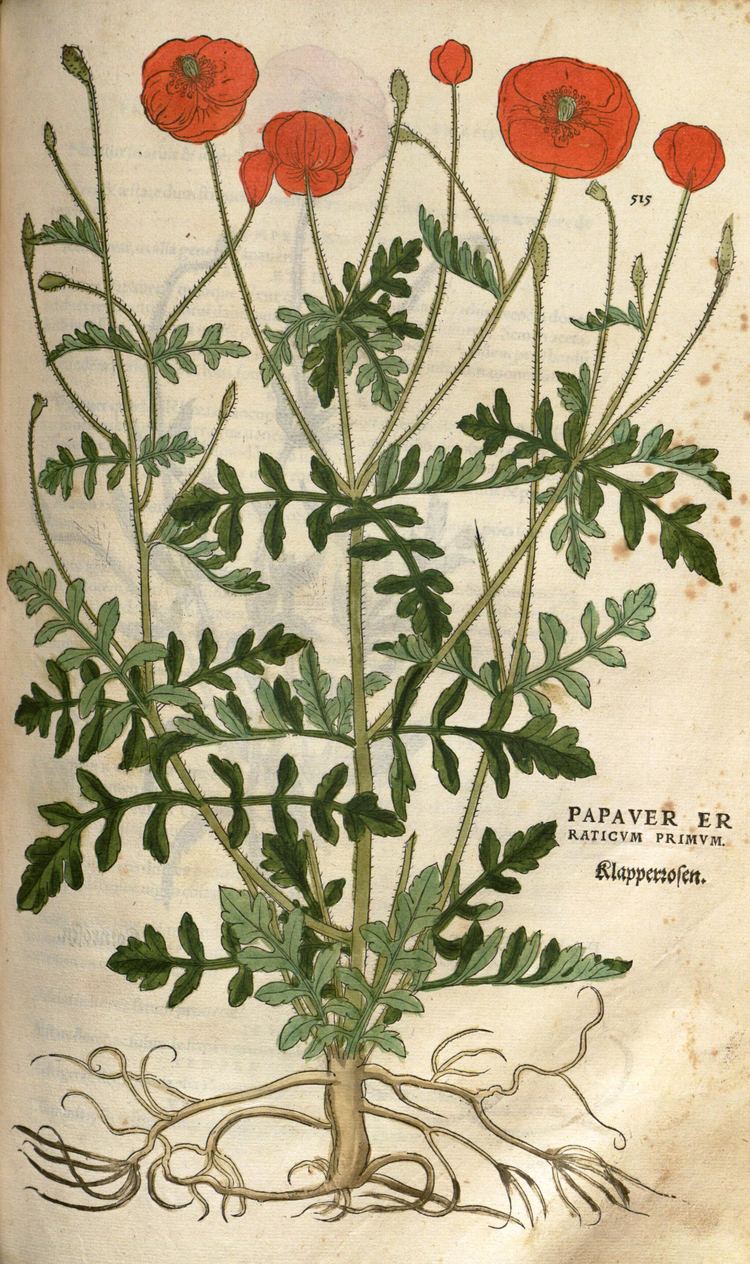
Fuchs' name is preserved by the plant Fuchsia, discovered in the Dominican Republic in the Caribbean in 1696/97 by the French scientist and Minim monk Charles Plumier. He published the first description of "Fuchsia triphylla, flore coccineo" in 1703. It is sometimes thought that the color fuchsia is also named for Fuchs. This isn't directly correct. The name of the color fuchsia actually derives from fuchsine, an early trade name for the dye, rosaniline hydrochloride, which produces a brilliant pink-purple color. Magenta is another competing trade name for the same dye in England. The dye was given the name of fuchsine in France by its original manufacturer Renard frères et Franc to capitalize both on the increasing popularity of the genus Fuchsia in fashionable gardens and the fact that Renard, or fox in French, translates to Fuchs, or fox, in German. An 1861 article in Répertoire de Pharmacie in fact confirms that the name was simply chosen for these two reasons and irrelevant of the actual colors of any flowers in the genus Fuchsia.
Publications
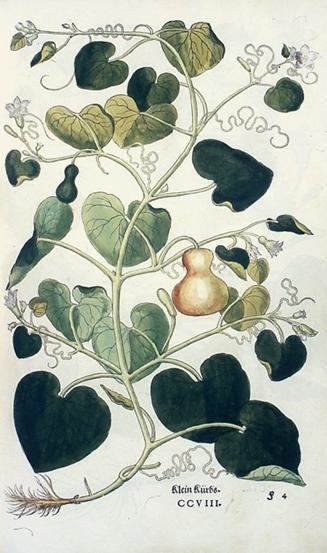
Fuchs tried to identify the plants described by the classical authors. Over a decade, Fuchs began to prepare for the publication of his herbal. He stocked the garden attached to his house with rare specimens solicited from friends around Europe, and he assembled a large botanical library. The book contains the description of about 400 wild and more than 100 domesticated plant species and their medical uses ("Krafft und Würckung") in alphabetical order: Fuchs made no attempt at presenting them in a natural system of classification. The first reports of Zea mays and of chili peppers were among the exotic new species The text is mainly based on Dioscorides. The book contains 512 pictures of plants, largely growing locally, in woodcuts. The illustrators were Heinrich Füllmaurer and Albrecht Meyer, the woodcutter Veit Rudolph Speckle, portraits of whom are contained in the volume. It was printed at the famous shop of Michael Isengrin in Basel. Its appeal to gardeners, botanists, bibliophiles, and the casual viewer was immediate, while the clarity of its plant pictures continues to define a standard for botanical illustrators.
Fuchs's books on the anatomy of the eye and its diseases were among the standard references on this subject during this period.
